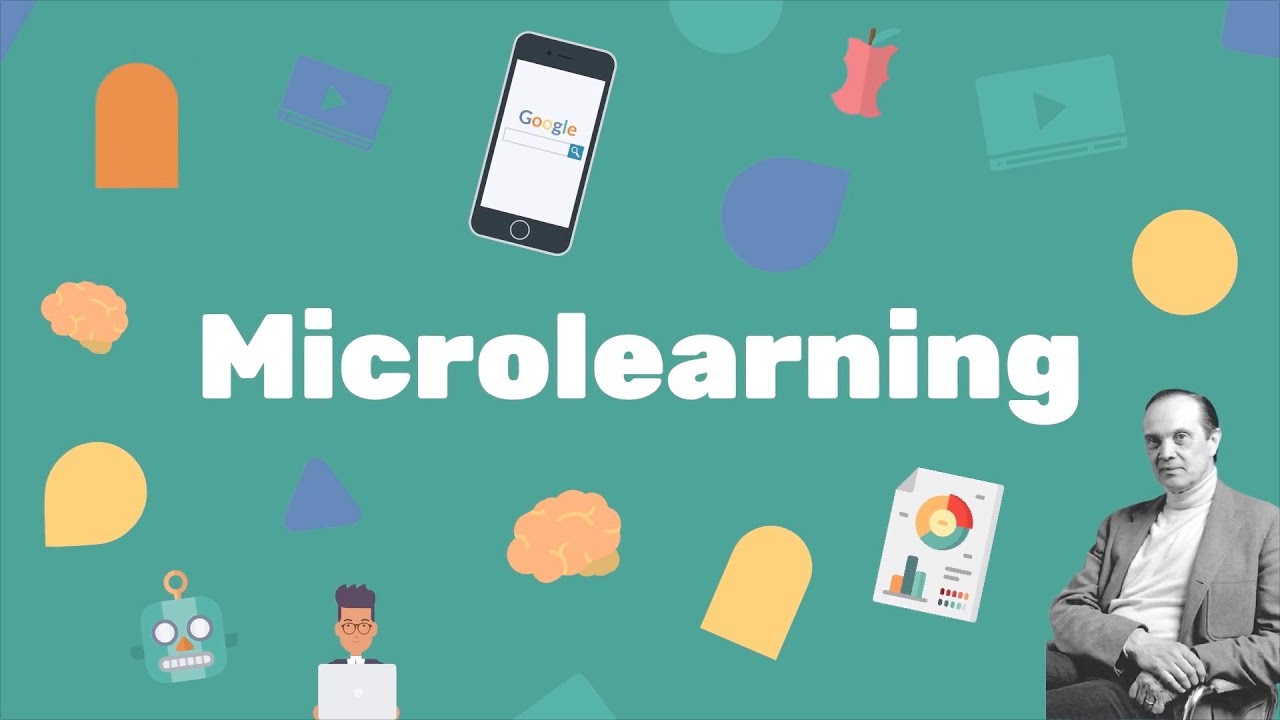Introduction
In an increasingly complex and technology-driven world, STEM education has emerged as a critical component of preparing students for the challenges and opportunities of the future. STEM, which stands for Science, Technology, Engineering, and Mathematics, encompasses a range of disciplines that emphasize problem-solving, critical thinking, and innovation. In this article, we will explore the significance of STEM education, its impact on students and society, and its role in shaping the workforce of tomorrow.
The Importance of STEM Education
- Fostering Critical Thinking: STEM education encourages students to analyze complex problems, think critically, and develop effective solutions. These skills are invaluable in addressing real-world challenges.
- Promoting Innovation: STEM disciplines drive innovation by inspiring students to explore new ideas, experiment, and develop groundbreaking technologies and solutions.
- Meeting Workforce Needs: In an era of rapid technological advancement, STEM-related occupations are in high demand. STEM education prepares students for careers in fields with robust job prospects.
- Global Competitiveness: STEM literacy is essential for maintaining competitiveness in a global economy driven by technology and innovation.
- Addressing Global Issues: STEM plays a pivotal role in addressing global challenges such as climate change, disease prevention, and sustainable resource management.
The Impact of STEM Education
- Empowering Diverse Career Paths: STEM education opens doors to a wide range of career opportunities, from engineering and healthcare to data science and environmental conservation.
- Increasing Workforce Diversity: STEM programs aim to increase diversity by encouraging underrepresented groups, including women and minorities, to pursue STEM careers.
- Enhancing Problem-Solving Skills: STEM education equips students with the tools to tackle complex, real-world problems and make informed decisions.
- Fostering Creativity: STEM encourages creative thinking and innovation, challenging students to develop novel solutions to unique challenges.
- Building Digital Literacy: In an increasingly digital world, STEM education cultivates digital literacy skills essential for navigating modern life.
The Role of STEM Education in the Workforce
- Economic Growth: STEM education fuels economic growth by supplying a skilled workforce that drives innovation, research, and development.
- Technological Advancements: STEM professionals are at the forefront of developing technologies that transform industries and improve quality of life.
- Global Collaboration: STEM fosters international collaboration in research and development, advancing knowledge and solutions for global challenges.
- Environmental Sustainability: STEM experts play a vital role in developing sustainable practices and technologies to mitigate the impact of climate change.
- Healthcare Advancements: STEM education contributes to medical breakthroughs, leading to improved healthcare and longer, healthier lives.
Conclusion
STEM education is not just about preparing students for specific careers; it is about equipping them with essential skills and knowledge to thrive in an ever-changing world. By emphasizing critical thinking, problem-solving, and innovation, STEM education empowers students to contribute to the advancement of society and address the complex challenges of our time. As we look to the future, the continued promotion and expansion of STEM education are essential for fostering a well-prepared, diverse, and globally competitive workforce and for driving progress and innovation across industries.




